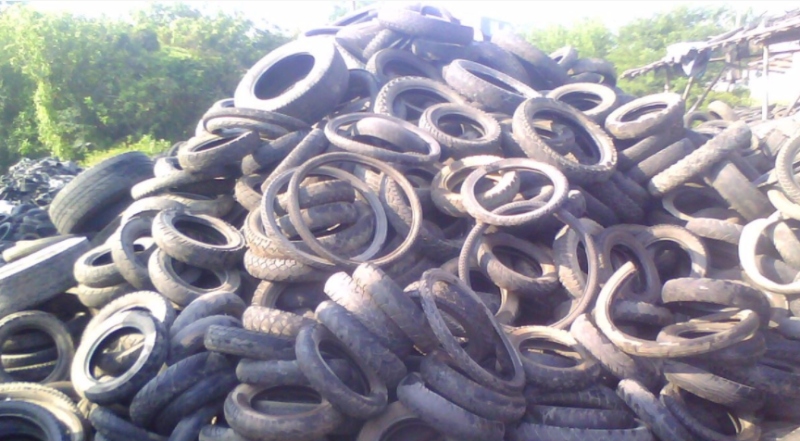Tires, as an essential component of modern transportation, pose a global challenge in waste management. According to statistics, over 1 billion scrap tires are generated worldwide annually. Improper disposal not only occupies vast land resources but also releases toxic substances that harm the environment. Against this backdrop, tire pyrolysis technology has emerged as a critical pathway to address ‘black pollution’ and unlock resource circularity.

I. Multidimensional Significance of Tire to Oil
1 Environmental Benefits: Resolving the “Black Pollution” Dilemma
Traditional disposal methods for scrap tires mainly include landfilling and incineration. However, landfilling can easily lead to soil and groundwater pollution, while incineration releases harmful substances such as dioxins and heavy metals. Tire-to-oil uses pyrolysis technology to convert scrap tires into recycled oil, carbon black, and steel wire, achieving comprehensive resource utilization. This process not only reduces the pressure on landfill waste but also avoids pollution from incineration. After desulfurization and dust removal, exhaust gas meets emission standards, significantly reducing carbon emissions.
2 Economic Benefits: Transforming Waste into High-Value Products
The pyrolysis products of scrap tires have broad market demand and high economic value:
Recycled Oil: This can be directly used in industrial boilers, such as those in cement plants and power plants, or as raw materials for chemical production.
Carbon Black: Serves as a filler in rubber products or as a raw material in chemical industries.
Steel Wire: Recycled for use in the metallurgical industry or processed into products like steel shot for sandblasting.
3 Policy Drivers: Dual Support from Circular Economy and Carbon Neutrality Goals
Many countries worldwide have incorporated tire-to-oil into their circular economy strategies. For example, China mandates that new oil refining projects must have an annual processing capacity of no less than 20,000 tons, with 100% recycling of waste rubber and steel wire. The European Green Deal encourages the substitution of fossil raw materials with recycled resources through mechanisms like the Carbon Border Adjustment Mechanism. Tire to oil technology not only aligns with the development needs of “zero-waste cities” but also provides technological support for achieving carbon reduction goals.
II. Core Technical Method of Tire to Oil: Pyrolysis
Taking the industry leader in this field as an example, Niutech from China, which has been dedicated to pyrolysis technology for 40 years, utilizes its continuous pyrolysis technology to convert scrap tires/rubber into high-demand products such as carbon black, steel wire, fuel oil, and high-calorific-value non-condensable gas through an intelligent and continuous production line. This achieves the recycling and reuse of high-molecular polymers without causing secondary pollution during the production process. Pyrolysis technology is an effective disposal method for the complete resource utilization, productization, harmless treatment, and high-value utilization of scrap tires, and it is also the most thorough solution to eliminate tire pollution.
Advantages of Pyrolysis for Scrap Tire Treatment:
– Continuous Production: Enables 24-hour uninterrupted feeding with high processing efficiency, achieving an annual operation time of over 8,000 hours.
– Heat Recovery: Utilizes waste gas heat to preheat raw materials, achieving a 90% heat recovery rate.
– Digitalization and Intelligence: Real-time regulation of pyrolysis temperature and pressure through a PLC system, ensuring stable operation of the production line.
Countries are gradually introducing policies to ban tire landfilling and mandate resource utilization. It is estimated that the global tire-to-oil market size is expected to reach $5 billion by 2030. In the future, the scrap tire to oil industry will develop under a trinity framework of “policy guidance + technological innovation + market expansion”. The industry needs to strengthen international cooperation, establish unified product standards and carbon accounting systems, and transform “black pollution” into “black gold”, becoming a vital force in driving the green economy.
